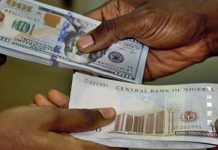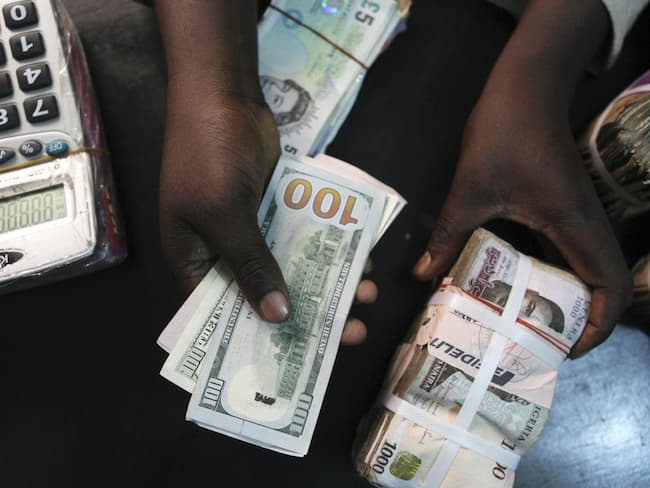The dollar briefly recovered gains on Thursday, February 1, after the Federal Reserve said inflation was likely to rise this year, but with expected monetary tightening priced in, traders are waiting to see if upcoming data will give the greenback more than a brief respite.
The dollar, which is stuck near three year lows after its worst monthly performance since mid-2016, rose in Asian trading before giving up those gains.
The U.S. currency lost 3.1 percent against the yen in January, weighed by a bevy of factors including concerns about U.S. trade protectionism and lingering speculation the Bank of Japan was gearing up to begin an exit from its easy monetary policy.
Traders said that non-farm payroll numbers due later this week, as well as a host of other economic indicators, will need to be strong to help push the dollar higher.
The U.S. currency has struggled this year as expected monetary tightening in other parts of the world, alongside stronger global economic growth, encourage investors to put more of their money elsewhere, and particularly back into the euro zone.
The Fed kept interest rates unchanged on Wednesday but said inflation is likely to quicken this year, bolstering expectations borrowing costs will continue to climb under incoming central bank chief Jerome Powell.
Against a basket of currencies, the dollar was flat on the day at 89.082. It touched a fresh three-year low of 88.438 earlier this week.
Against the euro, the dollar also gave up its gains and was down 0.1 percent as the single currency once again pushed past $1.24 to trade at $1.24275.
“While the kneejerk reaction has been a higher dollar, we expect the positive effect on the dollar to fade rather soon,” ING analysts said.
“Not only is there already a fair degree of tightening priced in, but synchronised economic recovery elsewhere and still very much present U.S. political uncertainty…suggest that the overnight dollar strength is unlikely to transform into a trend.”
The euro rose around 3.5 percent in January, during which it scaled a three-year peak above $1.25, amid prospects for the European Central Bank to begin normalising monetary policy this year.
That prospect got a boost earlier on Wednesday after last month’s underlying euro zone inflation picked up pace.
Traders are awaiting European manufacturing survey data, as well as comments by the European Central Bank chief economist, due later on Thursday.
The dollar did hold on to its gains against the yen. It edged up 0.3 percent to 109.56 yen, moving away from a four-month low of 108.28 plumbed on Friday, Reuters reports.
“Dollar/yen is still in a consolidation phase,” said Tareck Horchani, head of Asia-Pacific sales trading for Saxo Markets in Singapore, adding that the dollar’s bounce was still looking tepid.















